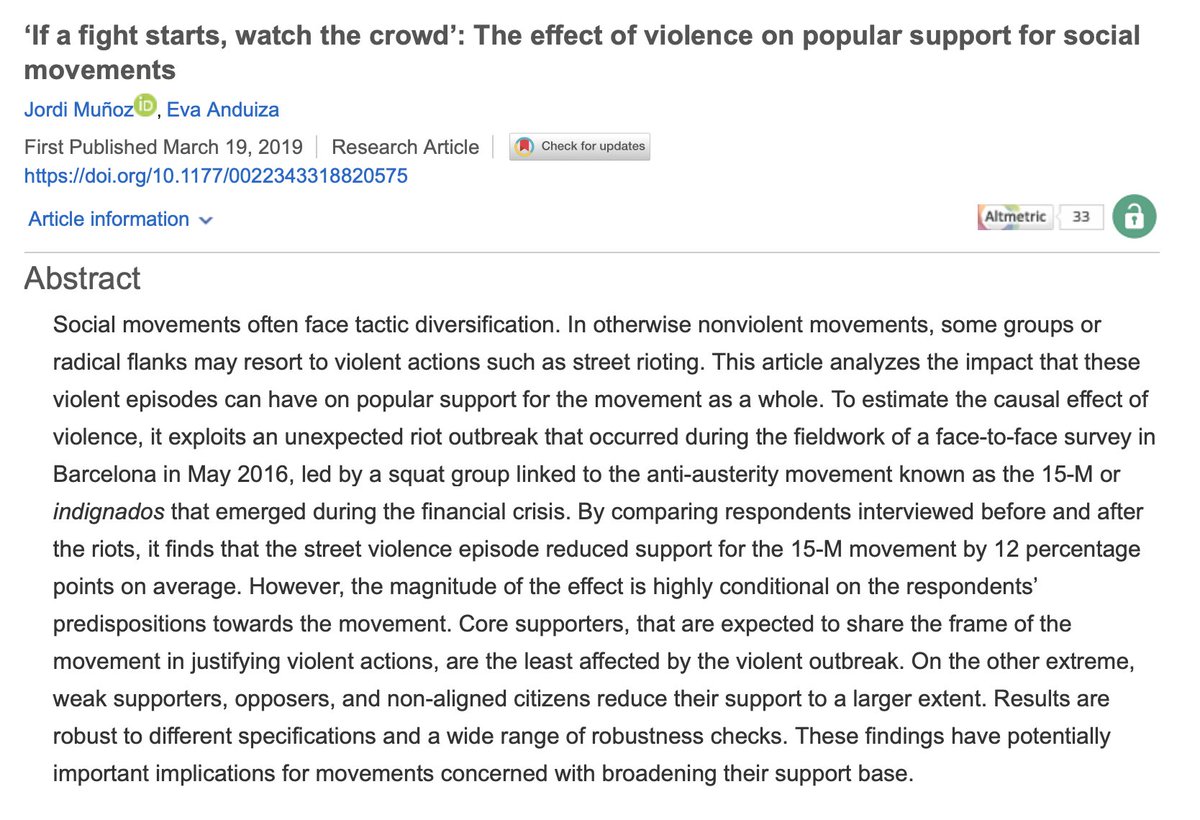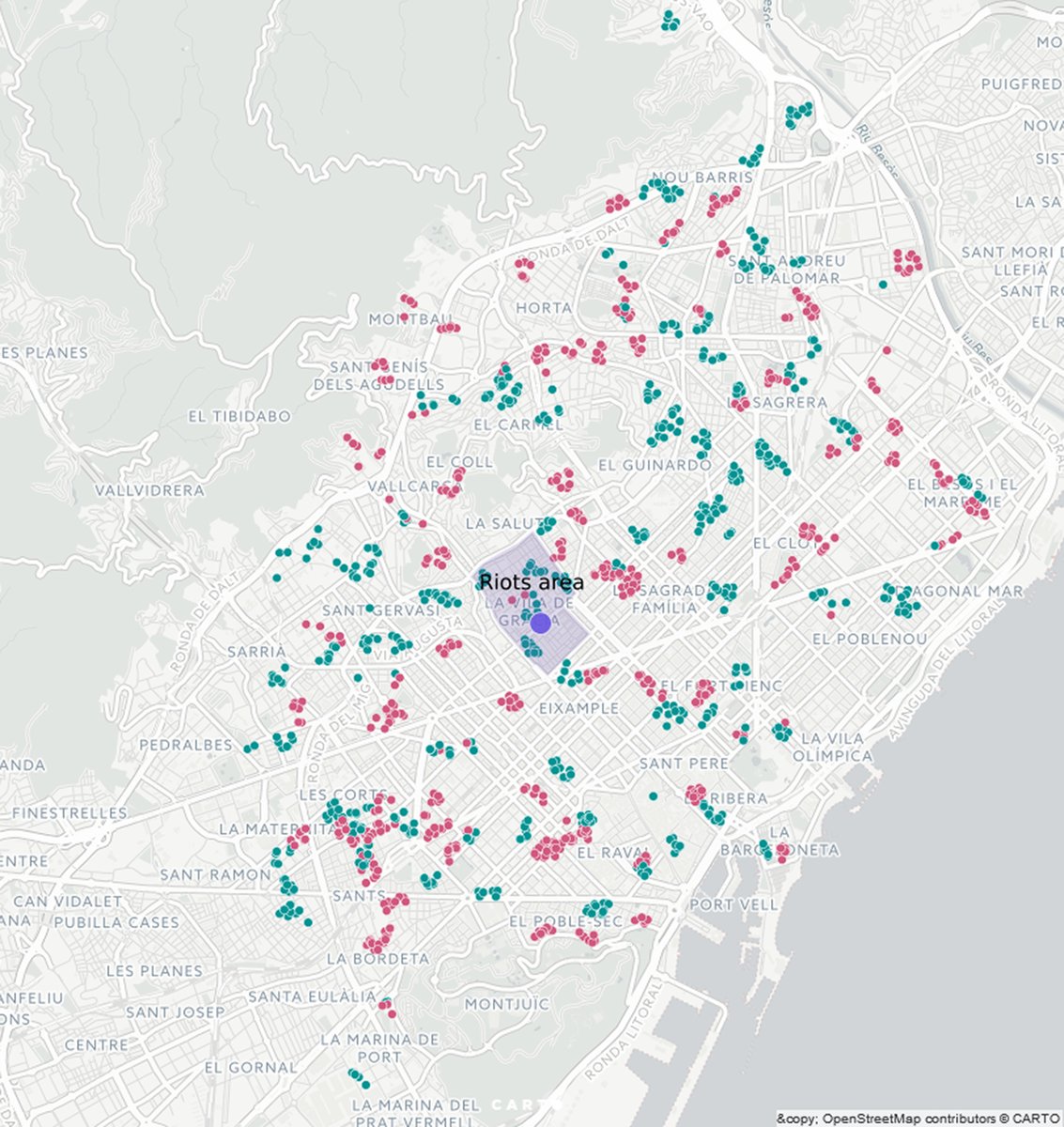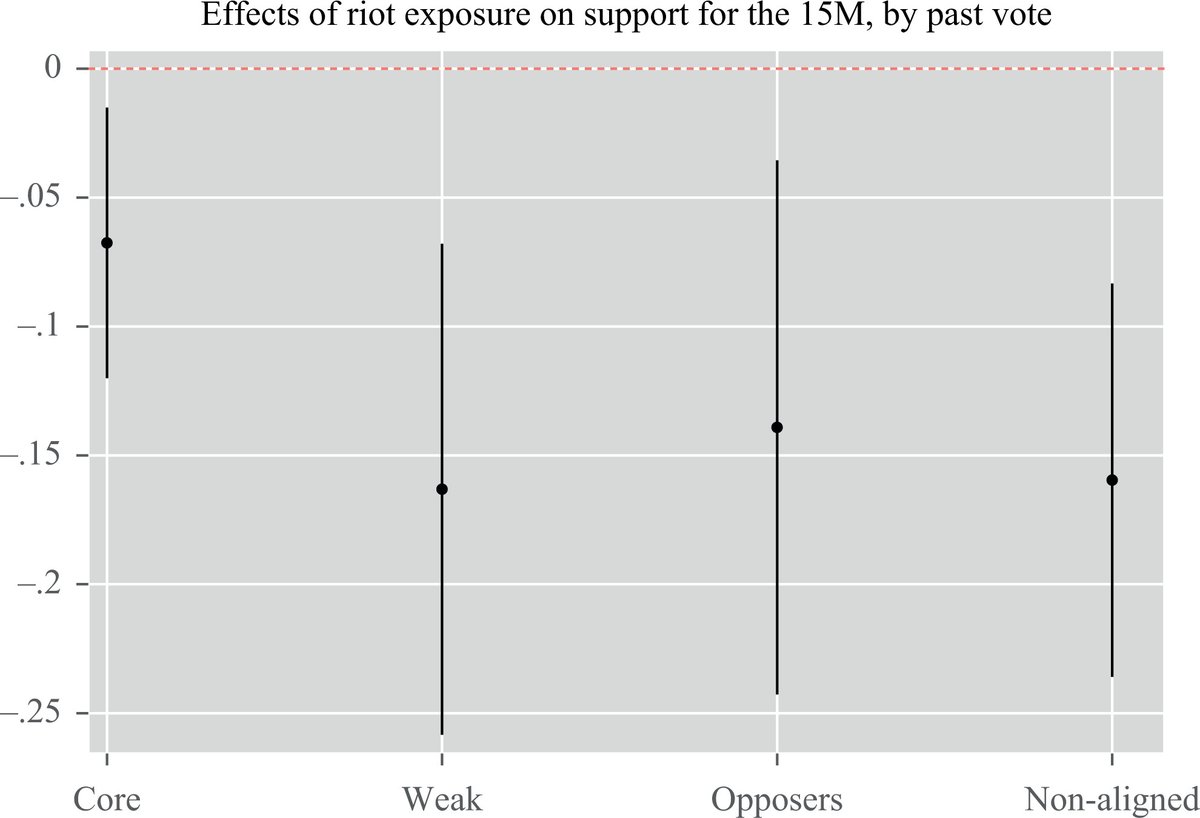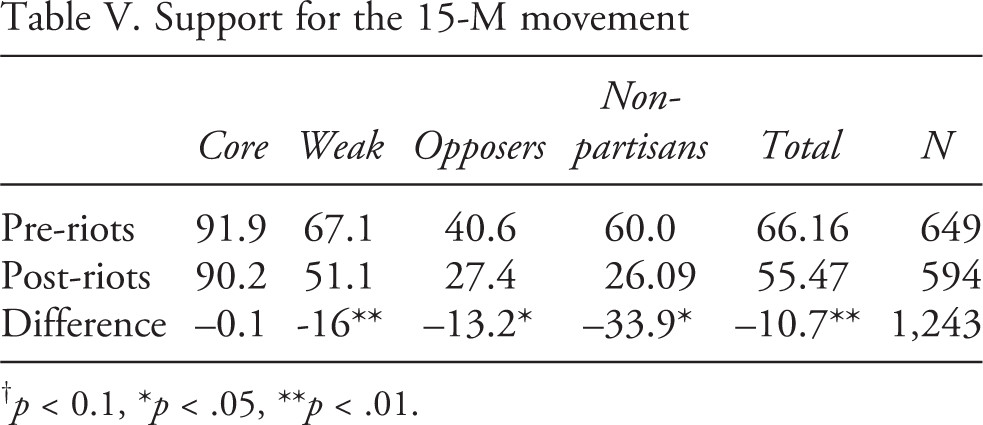Following protests against the police shooting of John Blake, today @DLeonhardt summarizes a debate that arose over my research: “should progressives worry about political strategy or almost always side with victims of injustice, regardless of tactics.”  https://abs.twimg.com/emoji/v2/... draggable="false" alt="🧵" title="Thread" aria-label="Emoji: Thread"> https://www.nytimes.com/2020/08/26/briefing/kenosha-melania-trump-hurricane-laura-your-wednesday-briefing.html">https://www.nytimes.com/2020/08/2...
https://abs.twimg.com/emoji/v2/... draggable="false" alt="🧵" title="Thread" aria-label="Emoji: Thread"> https://www.nytimes.com/2020/08/26/briefing/kenosha-melania-trump-hurricane-laura-your-wednesday-briefing.html">https://www.nytimes.com/2020/08/2...
A recent paper, ”If a fight starts, watch the crowd,” helps explain two of the dynamics at play: On allegiance, how do allies respond when protesters initiate violence? On strategy, how does a broader public respond? https://journals.sagepub.com/doi/10.1177/0022343318820575">https://journals.sagepub.com/doi/10.11...
Researchers were conducting a “face-to-face survey in Barcelona in May 2016” when “an unexpected riot outbreak occurred…led by a squat group linked to the anti-austerity movement known as the 15-M.” https://journals.sagepub.com/doi/10.1177/0022343318820575">https://journals.sagepub.com/doi/10.11...
“By comparing respondents interviewed before and after the riots, the study finds that the street violence episode reduced support for the 15-M movement by 12 percentage points on average.” https://journals.sagepub.com/doi/10.1177/0022343318820575">https://journals.sagepub.com/doi/10.11...
”Core supporters, expected to share the frame of the movement in justifying violent actions, are the least affected by the violent outbreak. On the other extreme, weak supporters, opposers, and non-aligned citizens reduce their support to a larger extent.” https://journals.sagepub.com/doi/10.1177/0022343318820575">https://journals.sagepub.com/doi/10.11...
The study emphasizes, ”We do not claim that public support per se constitutes movement success, but the maximization of popular support is undoubtedly a relevant goal in itself for most social movements.” https://journals.sagepub.com/doi/10.1177/0022343318820575">https://journals.sagepub.com/doi/10.11...
“Through use of violent tactics, movements might keep core bases of support but risk losing sympathy of less committed citizens, alienate those who display lower support levels & increase antagonism of those that are already distant from movement.” https://journals.sagepub.com/doi/10.1177/0022343318820575">https://journals.sagepub.com/doi/10.11...
In sum, in Barcelona, protester-initiated violence worked like a wedge, cleaving core supporters from more weakly aligned. The study helps illuminate @DLeonhardt’s question: the core & non-core respond differently, complicating the ability to understand each other’s perspectives.
Finally, these results are broadly consistent with my own findings. For a summary, see: https://twitter.com/owasow/status/1265709670892580869">https://twitter.com/owasow/st...
For more on “If a fight starts, watch the crowd,” see this excellent summary via @PeaceSciDigest: https://peacesciencedigest.org/movement-violence-can-lead-to-a-decline-in-public-support/">https://peacesciencedigest.org/movement-...

 Read on Twitter
Read on Twitter





